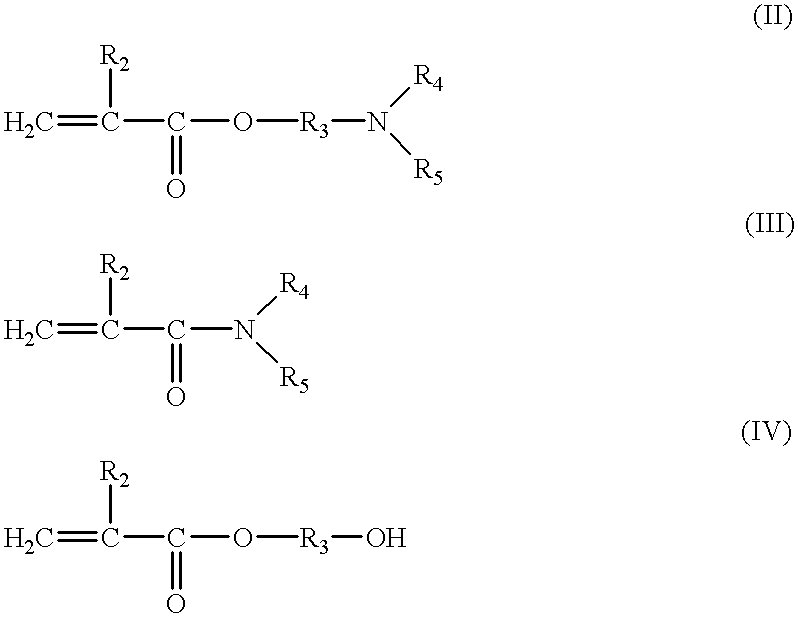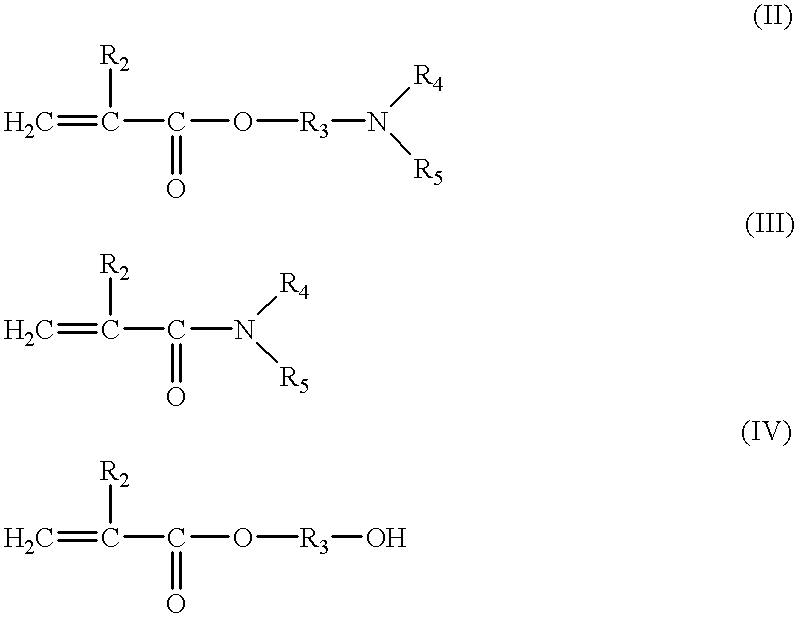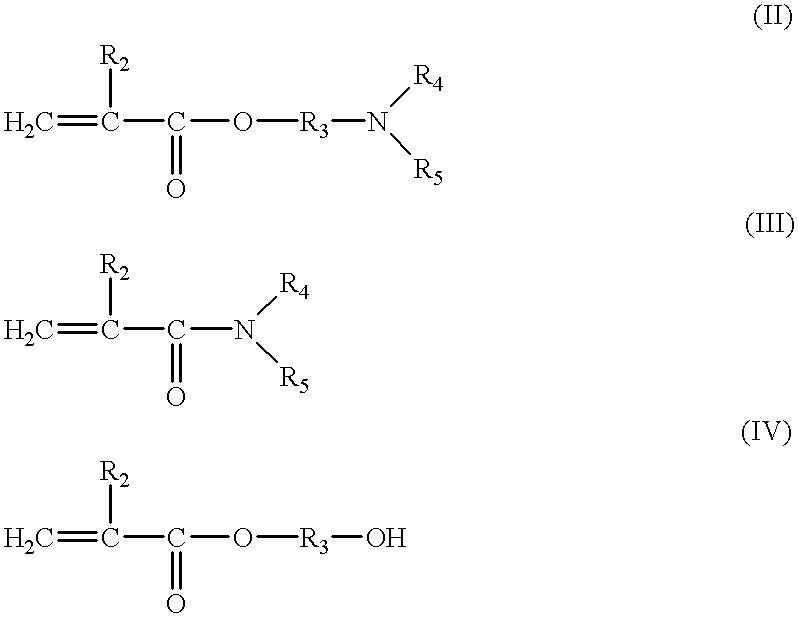Biological implants of semipermeable amphiphilic membranes
a technology of amphiphilic membrane and biological implants, which is applied in the field of implantable biological devices, can solve the problems of severe limitations in the ability to consistently inducibly inflate insulin independence and normalize blood glucose, the inability to graft biological cells, devices and the like into living organisms, and the inability to consistently inducible insulin independence and normalization of blood glucos
- Summary
- Abstract
- Description
- Claims
- Application Information
AI Technical Summary
Benefits of technology
Problems solved by technology
Method used
Image
Examples
Embodiment Construction
The present invention is generally directed toward implantable biological devices. The biological devices of the present invention are capable of immunoisolating cells and other biological matter that can be encased therein. This characteristic of the biological devices of the present invention derives primarily from the unique membrane employed in creating the biological device. Although the cells and biological matter encased within the implantable devices are stored in a state of immunoisolation, the unique membrane employed allows the encased cells to impact the physiological environment in which the biological device is implanted by selectively regulating the flow of biological matter in and out of the device.
For purposes of this disclosure, the term immunoisolate will refer to the act of protecting, by immunoisolation, cells and other biological matter from the immune system of the host. In other words, upon implantation of the biological device into the body of a patient, the...
PUM
| Property | Measurement | Unit |
|---|---|---|
| Percent by mass | aaaaa | aaaaa |
| Percent by mass | aaaaa | aaaaa |
| Percent by mass | aaaaa | aaaaa |
Abstract
Description
Claims
Application Information
 Login to View More
Login to View More - R&D
- Intellectual Property
- Life Sciences
- Materials
- Tech Scout
- Unparalleled Data Quality
- Higher Quality Content
- 60% Fewer Hallucinations
Browse by: Latest US Patents, China's latest patents, Technical Efficacy Thesaurus, Application Domain, Technology Topic, Popular Technical Reports.
© 2025 PatSnap. All rights reserved.Legal|Privacy policy|Modern Slavery Act Transparency Statement|Sitemap|About US| Contact US: help@patsnap.com



